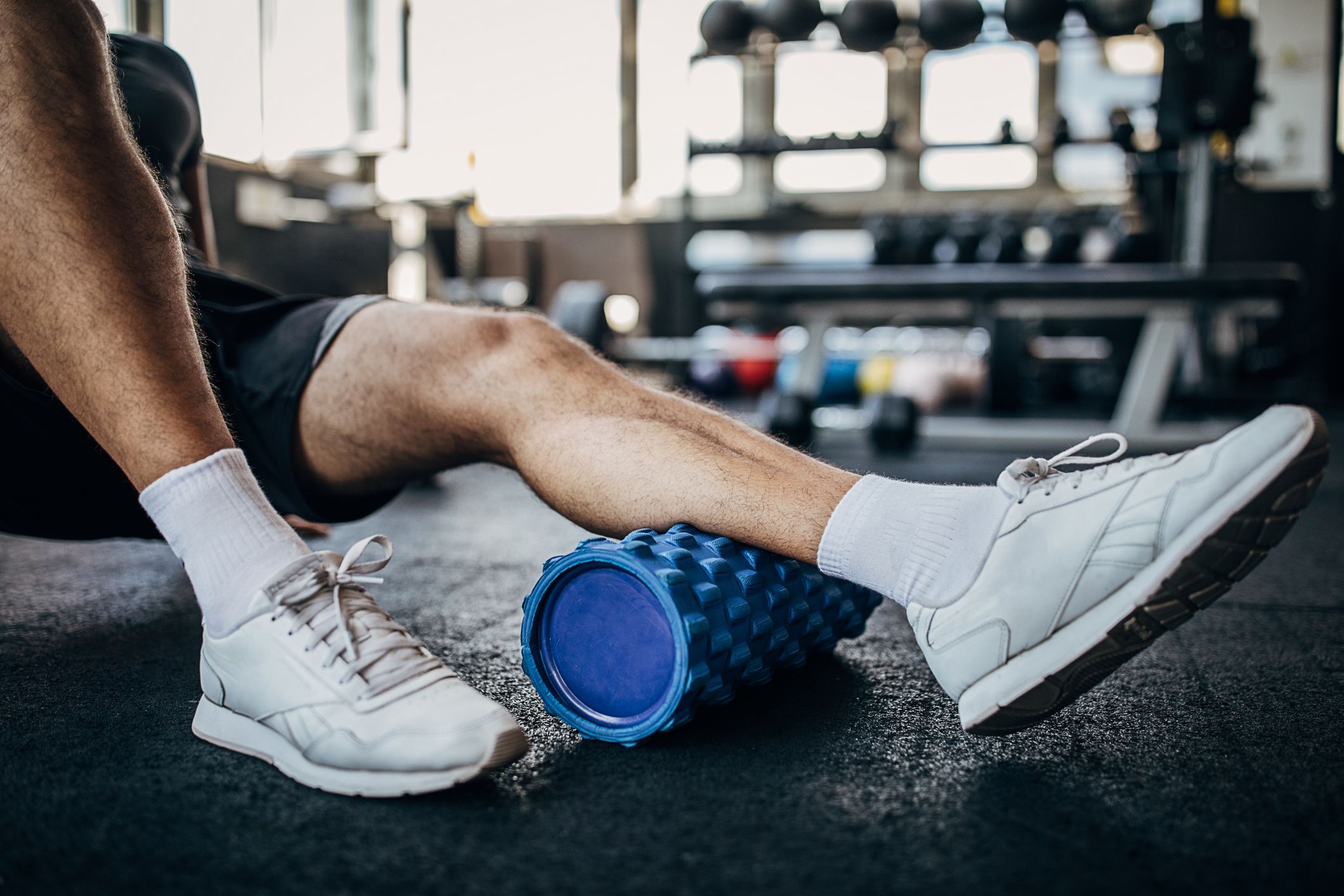
Experiencing muscle soreness after working out can be both intense and satisfying as you feel self-assured that you trained well. On the other hand, the constant soreness and pain that you experience can actually be a sign of Delayed Onset Muscle Soreness. Although considered a common struggle, it’s still alarming as it can last up to five days and cause other serious conditions.
What Is Delayed Onset Muscle Soreness?
Delayed onset muscle soreness (DOMS) is when you experience sore muscles about 24 to 48 hours after a workout. It’s usually caused by too much stress on your muscles that can happen if you lift heavier weights than usual, try out a new sport, or if you return to exercise after a time off.
While this is normal, it’s usually a sign that you might be pushing an exercise too hard or you’re not taking recovery measures. It’s recommended to slow down, as you won’t make any progress if you continue to do workouts that strain your muscles.
DOMS rarely needs a doctor’s attention and can be resolved with rest, anti-inflammatory drugs, or a 15-minute Luraco massage chair session. But if the pain gets worse and your muscles become stiff, consult your doctor as it can be a sign of rhabdomyolysis, a condition where the muscle tissues release proteins into the blood that can damage the organs.
How to Deal with DOMS?
Get a Massage
Get a post-workout massage to avoid inflammation in the body and reduce pain from DOMS. You can also massage your body while showering by simply rubbing your biceps, calves, and hamstrings to help ease DOMS. Sitting on a massage chair can also ease spasms and muscle soreness post-workout. It improves blood circulation that can effectively reduce DOMS.
Do Proper Warm-ups and Cool-downs
It’s important to prepare your body before a workout to increase blood flow and loosen your muscles. It helps reduce injuries, muscle soreness and lets your body use the correct muscles for specific movements. Light cardio and stretching will prepare your muscles and allow your body to move better.
You only need at least five minutes of a good warm-up. Make sure your warm-up exercise is specific to the motion of the workout itself. For example, if you’ll go for a run, you may want to prep your ankle, glutes, and hips.
If you do a lifting session, prime your upper back and shoulders. Warm-ups don’t take away time from your workout, it’s essential to prevent too much stress on your body.
A cool-down is equally important after your workout session. It will avoid soreness by increasing blood flow to your muscles and let them return to their normal size. Stretching is also recommended as it prevents muscle tightness and pain.
Get Enough Sleep
Sleep improves your body’s regenerative process to help rebuild muscles. Your body produces muscle-building chemicals during sleep that are essential for DOMS recovery. Get at least seven hours of sleep to let your body fully recover from strenuous exercises.
To help you obtain the required deep sleep, avoid any electronic devices one hour before going to bed. You can also take a warm Epsom salt bath to promote healing of your muscles and help you sleep. If the pain makes it hard for you to rest, do some breathing exercises and place a heating pad on the area for a few minutes.
Stay hydrated
Make sure to stay hydrated as lack of electrolytes can cause muscle soreness. Your muscles also work harder, so hydration is important to keep your blood pumping and bring more oxygen to your muscles. One way to maintain your hydration levels is to drink after every set or every five minutes of exercise that you complete.
If you’re exercising at a higher intensity, a sports drink may be more helpful than water as it contains electrolytes and potassium that provide energy for a longer time. However, choose your sports drinks wisely, as they’re often high in calories or caffeine. Also, check the serving size as one bottle may be equivalent to several servings.
You can opt for an electrolyte drink or coconut water to avoid dehydration. Coconut water contains less sodium compared to sports drinks and is great for replenishing after your workout sessions. It contains high levels of magnesium, potassium, and antioxidants that are important for post-workout recovery.
Avoid overdoing exercise because it can cause extreme muscle soreness that can lead to a more serious health condition. Stay focused on your fitness goals and make sure to train safely and listen to your body. Proper sleep, exercise, and hydration prevent not only DOMS but also other exercise-related injuries that can cause long-term harm.

